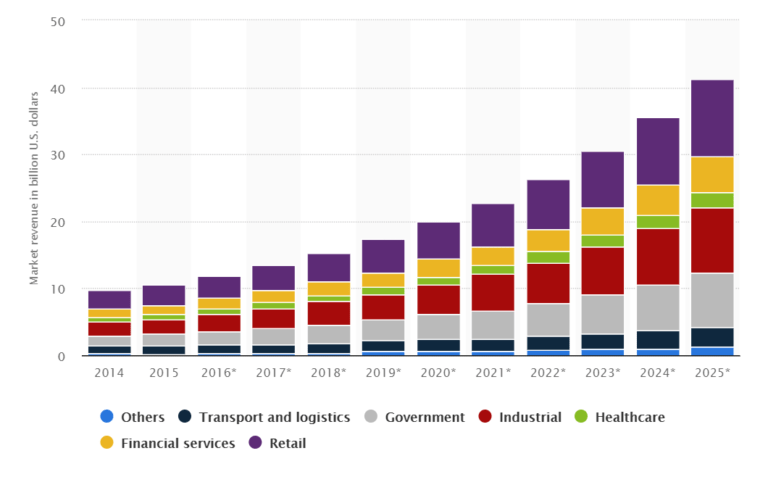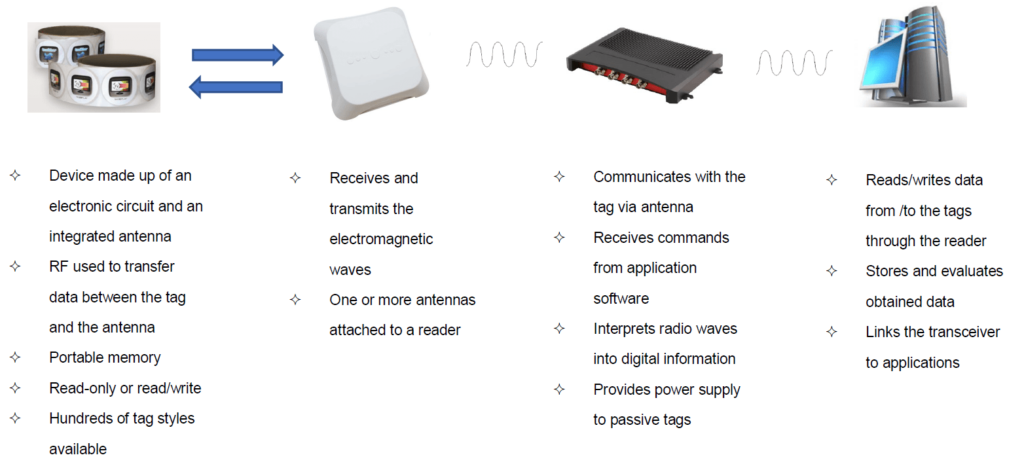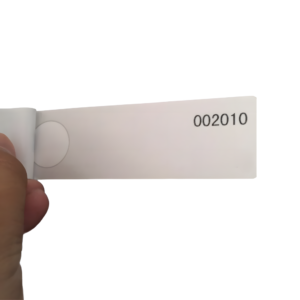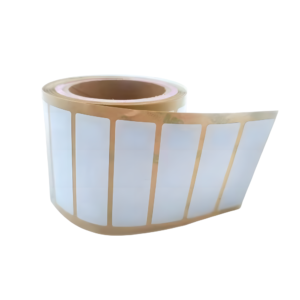5 Costs for RFID Asset Tracking System
Many companies are keen to get on board with the RFID system management but are worried about the costs. Are these concerns justified, and how should you go about performing a cost-analysis for implementing the RFID system running?
However, most customers consider RFID tags the most, in fact, the most expensive is software, followed by hardware equipment.
1.RFID Tag Costs
RFID tags and labels come in numerous varieties depending on their shape, size, and construction material. While the internal microchip may be the same, the different costs relate primarily to how the tag will be affixed to the items that need to be tracked. Generally speaking, active tags are $25 and up. Active tags with special protective housing, extra-long battery life or sensors can run $100 or more. A passive 96-bit EPC inlay (chip and antenna mounted on a substrate) costs from 7 to 15 U.S. cents. If the tag is embedded in a thermal transfer label on which companies can print a bar code, the price rises to 15 cents and up.

2.Hardware Equipment Costs
There are three major hardware pieces to consider depending on the project:1) fixed RFID readers/portals,2) handheld or mobile RFID readers,3) RFID label printers.The exact mixture of these devices will depend upon your particular application. If you are using durable tags, you will likely not need a printer at all, as these tags either come pre-encoded or are encoded manually. Peel and stick labels typically go through a printer, and while there are units as low as $1,000, expect to pay between $3,000 and $5,000 for an industrial-grade device.The reader can be an internal or external antenna. A reader with an external antenna can have one or more ports for connecting the reader antenna (the latest reader has up to 8 antenna ports). Also have an input/output port for connecting to an external device. The input port connected to CCTV that runs on the reader when an object blocks its beam. The output port connected to the program controller, the conveyor classifier, or other devices controlled by the reader.The reader also has a port for connecting to a computer or network. Older readers use serial ports. Most newer readers have POE, Wi-Fi or USB ports.
3.Installation Costs
Reader pricing may not include the price of antennas and cables.You should also consider the price of installing the reader and the price of the cable used where the card reader is installed.Passive RFID installation must be done by an expert who is well-versed in tuning the equipment, directing the antennas, running the necessary connectivity tests, etc.4.Middleware Cost
Middleware used to describe software between an RFID reader and company RFID system applications. It is a critical component of all RFID systems because the middleware gets the raw data from the reader – the reader may read the same tag 100 times per second – filtering it and passing useful event data to the back-end system. Middleware plays a key role in getting the right information at the right time to transfer to the right application.The cost of middleware varies from vendor to vendor and typically depends on the number of installation locations, the complexity of the application and many other factors. Virtually any RFID system can be integrated by publishing CSV file asset updates of asset information that has changed.5.RFID software
It’s difficult to say, because there are so many variables involved, vary from as low as $5,000 to $150,000 depending on the functionality and complexity of the application, and the level of integration with your other business applications.

Once scoping out your project and determining the total cost of ownership, you can begin to understand whether RFID is right for your project. Here are some things to consider:
- Project scope
What is the scope of the project and what is your goal?
When does the project need to be implemented?
Is there time to complete any testing?
- Environment
What environment will the system be in? (Moisture, high heat, extreme cold, etc.)
Does the environment change throughout the supply chain?
- Read range
What are the read range requirements?
How many read points will be needed?
How many tags will need to be read at once?
- Asset material composition
What type of surface will you be tagging on? (metal, plastic, wood, etc.)
How are you attaching the tag? (adhesive, screws, epoxy, etc.)
- Cost feasibility
Evaluate all costs associated with the project and calculate the ROI of the entire system
Items to consider from a cost perspective:
– Fixed costs: equipment such as readers, antennas, etc.
– Recurring costs: RFID inlay, software license renewal, etc
The purpose of use RFID solutions, to ascertain the time and cost saving, also through reduced out of stock situations and brand enhancement to revenue company.
RFID ROI calculators






